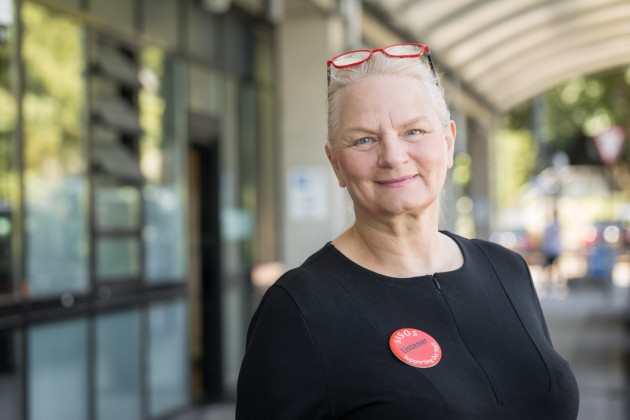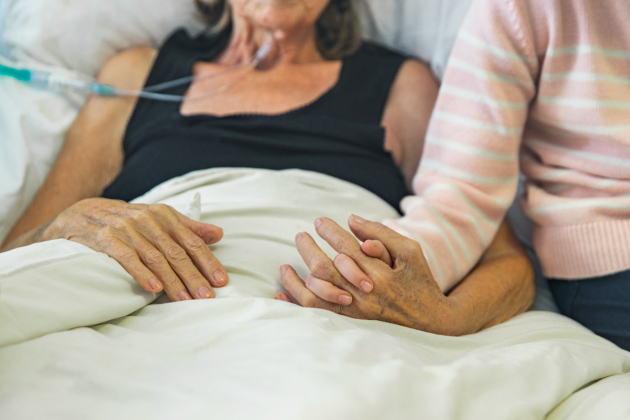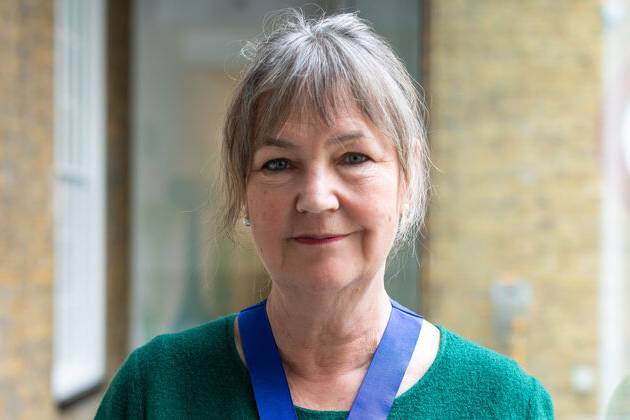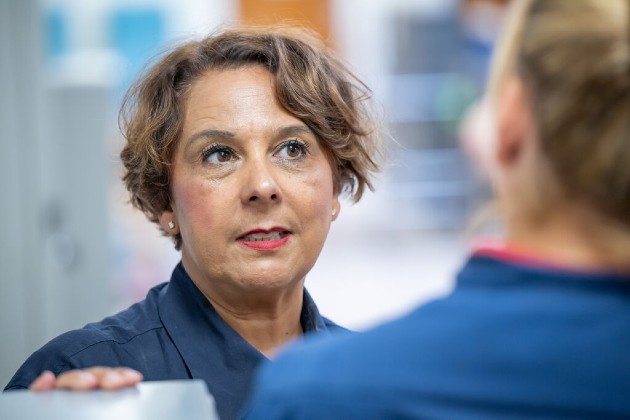Being told to write a letter of apology to a senior member of staff is something that sticks in your mind. It may have been more than 15 years since I made a serious mistake in theatre, but it’s a day I’m unlikely to ever forget.
Thankfully, due to quick action taken at the time, the patient was unharmed, but the blame was laid squarely at my feet, and I was told the NMC may need to be informed.
At no point was I offered any support. As a professional, I was expected to get on with it and take the consequences.
Now, as I reflect on what happened, it’s clear this approach didn’t help anyone. But by moving away from needing to have a person to blame when safety incidents occur, any one of us can make positive changes.
An anxious memory
When I look back on the day, I remember far more than what just happened in theatre, and the detail is important.
Having just come off a night shift, I didn’t start that day until around 3pm, after around five hours sleep. My initial concerns revolved around my home life: collecting the children from school, sorting supper, uniforms and school bags.
But as I drove into work that evening, the focus of my thoughts moved towards the shift ahead where I was scheduled to run the emergency list in theatres as the nurse in charge. I hoped I had a safe night ahead of me, working with a good team.
The corridor and changing rooms were deserted when I arrived. This meant one thing: an emergency in theatre.
At no point was I offered any support
I quickly changed into my scrubs and discovered my theatre shoes had been moved. They’d been borrowed but not returned. Although I did eventually find them, this added complication was unwelcome. I began to feel more anxious and was then met at the door to the scrub room by the day sister who said: “I’ll hand over while you’re scrubbing.”
As a theatre nurse I always used my scrub time to mentally prepare myself for a procedure. I’d think about what standby equipment I might need and get myself into the moment. I didn’t get this time on that day.
However, I was taking over from an experienced colleague, and everything had been set up in advance, including my sterile gown and gloves. As I began scrubbing, I heard that the patient had already been anaesthetised for an open reduction internal fixation.
The surgeon had requested additional instruments, an intraoperative X-ray had been arranged, and the ward was prepared to receive the patient.
Owning the mistake
When I entered the theatre, I saw the trays of additional instruments had already been opened. As a scrub nurse, I provided the tools for the case, in the correct order, maintaining sterility and counting all instrumentation and consumables such as swabs.
I’d never met the surgeon or anaesthetist before. But I knew the runner working with me, who was an experienced health care assistant.
The procedure proved difficult and between 8pm and midnight I had asked the runner to ring switchboard to call a surgeon to assist on at least three occasions.
I’d been on my feet in theatre for several hours when, at around midnight, the surgeon requested the K wires. This was the moment that more than a decade-and-a-half on, I still wish I could change, but I can’t.
The detail is important because I am a human not a machine
While supporting the patient’s foot, I stretched over to check the outer packaging for the K wires. The runner held up the packaging for me to see it. We audibly checked the packaging, noting the expiry date and size of the wire.
Experience prompted me to recheck the packaging, and this is when I first noticed they were unsterile. By this point they had already been drilled into the patient’s bone.
My heart sank.
With the benefit of hindsight, I’m thankful that our individual personalities and the way we interacted as a team on that day meant that I felt safe owning up to the mistake. This meant that action could be taken quickly and the outcome for the patient was good.
What can be learnt?
The detail is important because I am a human not a machine. Everything that happened that day influenced the course of events. Although I made a mistake I was not solely to blame.
People are critical to any task with the patient at the centre. A person’s behaviour is influenced by organisational and environmental factors.
In this case I was doing too much. This was an emergency, and I had no choice but to do two jobs (surgeon’s assistant and scrub nurse). We had to respond and complete the task using the resources available.
Usually, I would have been positioned much closer to my colleague, but on the day, I had no choice as I was holding the patient’s foot.
I’ve also since asked myself why I didn’t see the word “unsterile” and why my colleague missed it also. Had we assumed because unsterile consumables aren’t routinely stored in an operating room that these must be sterile?
The packaging was also double wrapped, again leading to the incorrect assumption that the inner package was sterile.
Was I too tired? I’d been in theatre for four hours and hadn’t slept much during the day. Fatigue is known to be a factor.
Making positive changes
I’ve been developing a people-centred framework to support health care workers involved in safety incidents. I now include a preventative element, as well as a supportive element, in that framework.
With any adverse event there are multiple factors at play. Some are more significant than others and they all need to be looked at in an environmental and organisational context.
If we used a SEIPS (Systems Engineering Initiative for Patient Safety) framework to review what happened, things would be seen differently, and we could use the incident to help make positive changes towards patient safety and facilitate shared learning.
Although I made a mistake I was not solely to blame
This encourages organisational accountability. The buck doesn’t stop with the individual clinician who was directly involved in the incident. Instead, there’s an option for systemic changes away from a standard “blame, shame and retrain” approach.
In my current work I look at the nature and quality of interactions and external influences. In the incident I was involved in this would mean examining the procurement system and considering the design of the packaging, as it wasn’t obvious the K wires were unsterile as the writing was small and didn’t stand out. I would also question why the unsterile K wires were stored side-by-side with sterile K wires.
Staffing levels and skill mix would have had an impact too – the handover took place during the scrub procedure due to time pressure and the instruments were prepared by outgoing staff.
Healing emotionally
Looking at the bigger picture I can see that no-one, including me, was solely to blame. This helped me heal emotionally. I don’t think I would be expected to write to the consultant now.
Times have changed – we now have a learning culture. We look at incidents as a whole picture rather than there still being an “individual being blamed” culture. At the time, a number of positive changes were made to prevent reoccurrence too, with unsterile kit removed and replaced with sterile kit.
Times have changed – we now have a learning culture
If you find yourself involved in a patient safety incident, don’t panic. Be honest. Don’t be afraid or be influenced by people telling you what they think you should say. By speaking the truth, you can heal emotionally, and you will learn from it and move on.
Systems analysis must become central to the way we approach safety incident investigations. Many of us are fatigued and anxious while we’re working right now, so a cultural behaviour change in health care is also essential.
We must move away from the attitude that prevailed back then, instead embracing a learning culture where mistakes are less likely to happen.
Further information
- Find out more about SEIPS.
- Read about Carol's work to end blame culture in our article, 'One mistake doesn't make you a bad person'.








